Generac QT10068JVSNA Manual
Læs gratis den danske manual til Generac QT10068JVSNA (152 sider) i kategorien Generator. Denne vejledning er vurderet som hjælpsom af 23 personer og har en gennemsnitlig bedømmelse på 5.0 stjerner ud af 12 anmeldelser.
Har du et spørgsmål om Generac QT10068JVSNA, eller vil du spørge andre brugere om produktet?

Produkt Specifikationer
| Mærke: | Generac |
| Kategori: | Generator |
| Model: | QT10068JVSNA |
Har du brug for hjælp?
Hvis du har brug for hjælp til Generac QT10068JVSNA stil et spørgsmål nedenfor, og andre brugere vil svare dig
Generator Generac Manualer
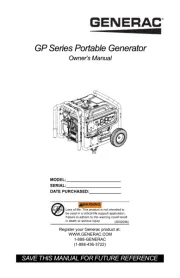
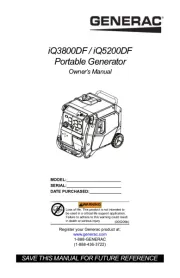
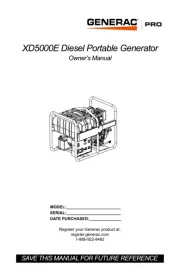
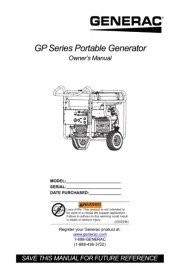
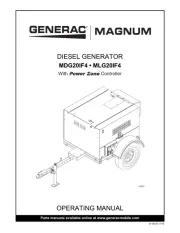
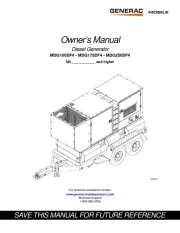
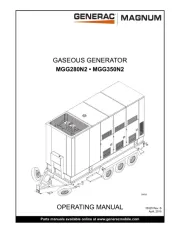
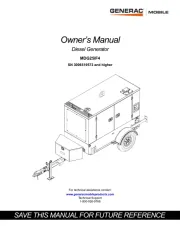
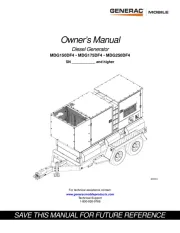
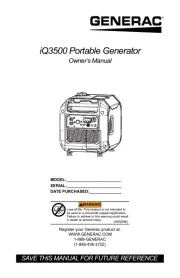
Generator Manualer
- Honeywell
- ART
- Zephyr
- Anova
- Stanley
- Metrix
- Duro Pro
- Fuxtec
- Anker
- Philips
- Kraftech
- Husqvarna
- Yamazen
- Gentrax
- A-iPower
Nyeste Generator Manualer









